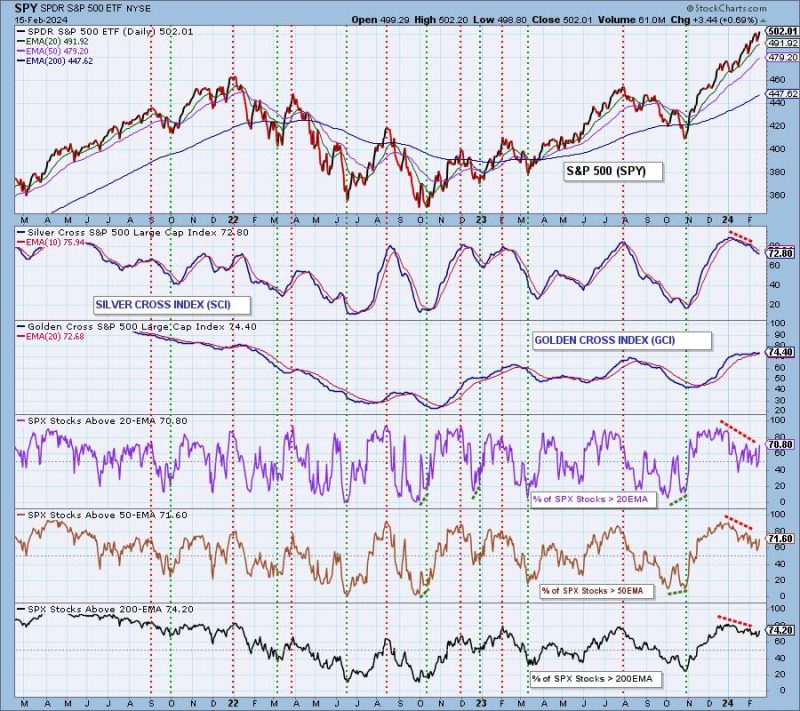The diminishing buy signals in the market have been a cause for concern among investors and financial analysts alike. Despite the recent rally in stock prices, many indicators suggest that the bullish momentum may be losing steam. In this article, we will delve into some key reasons why buy signals are continuing to diminish, shedding light on the current state of the market.
Firstly, one of the main factors contributing to the diminishing buy signals is the increasing uncertainty surrounding global macroeconomic conditions. With ongoing trade tensions between the United States and China, as well as geopolitical risks in various parts of the world, investors are becoming more cautious in their approach. The lack of clarity in economic policies and the potential impact they may have on financial markets is leading to a decline in investor confidence.
Secondly, the prolonged low-interest-rate environment has resulted in a hunt for yield among investors. As a result, stocks have become increasingly overvalued, leading to a decrease in the number of attractive buying opportunities. This phenomenon makes it more difficult for investors to identify undervalued stocks and, consequently, decreases the number of buy signals in the market.
Furthermore, the changing dynamics of technology and the rise of disruptive innovations have also played a role in the diminishing buy signals. Traditional industries are being disrupted by new and innovative companies, which are often not yet public or still in their early growth stages. As a result, investors may be hesitant to get into the market, as they may not have access to these emerging opportunities or are unsure of their potential for long-term success.
Moreover, the current market cycle plays a significant role in the decrease in buy signals. After a prolonged bull market, it is not uncommon for investors to become more hesitant and risk-averse, fearing an imminent market correction. The fear of missing out on potential gains often keeps investors on the sidelines, waiting for clearer buying opportunities. This cautious sentiment, combined with the other aforementioned factors, has led to a decline in buy signals.
In conclusion, the diminishing buy signals in the market can be attributed to various factors, including global macroeconomic uncertainty, the hunt for yield, technological disruptions, and the current market cycle. While it is essential to consider these factors when making investment decisions, it is equally important for investors to conduct thorough research and analysis to identify potential buying opportunities. By staying informed and adopting a prudent approach, investors can navigate through this challenging market environment and potentially capitalize on future growth prospects.

